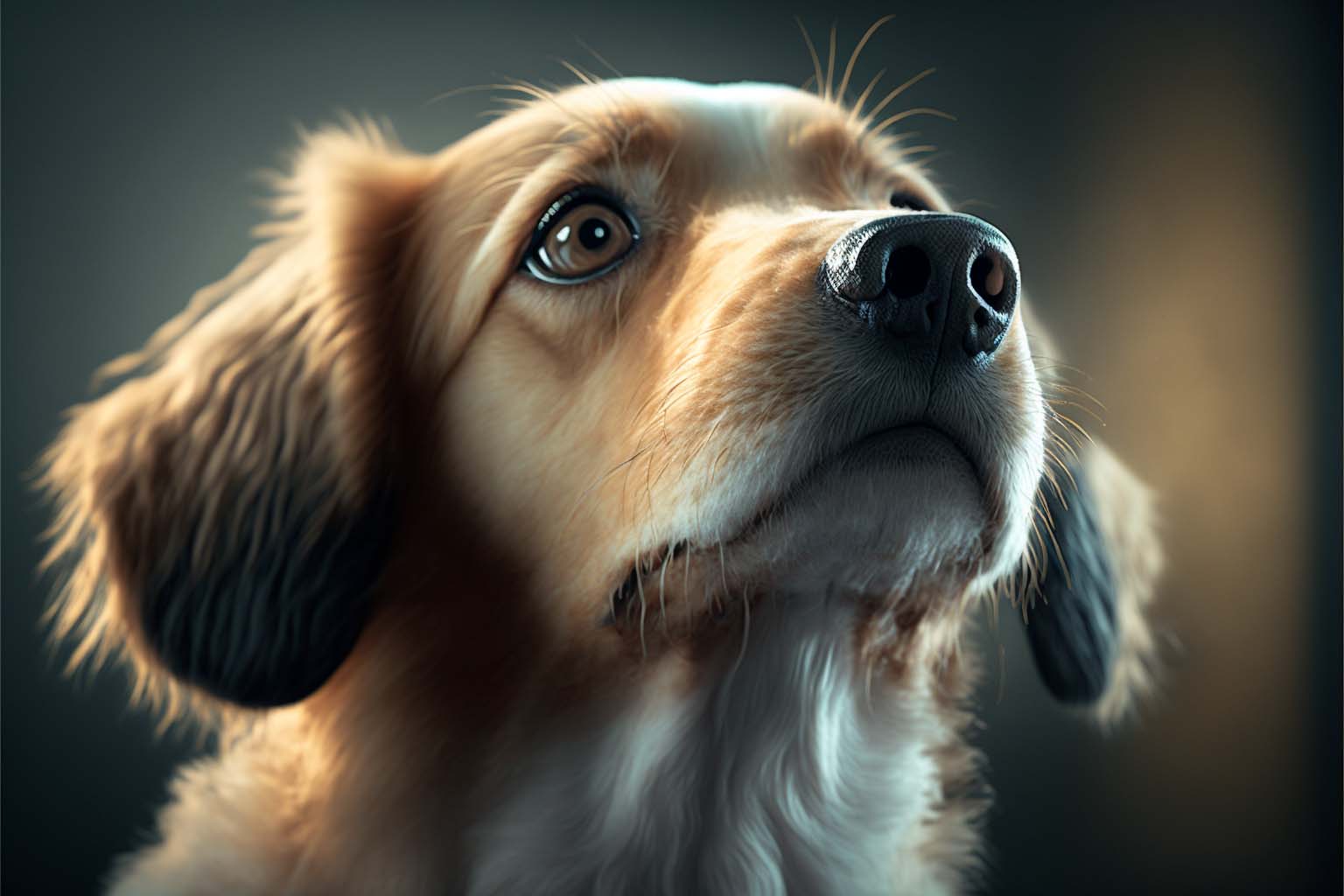Your cart is currently empty!
Dogs’ facial expressions give them away

As dog owners, it is no surprise to us that a dog’s behavior changes according to the situation they are in. But researchers in Japan have discovered some subtleties in dogs’ facial expressions we may not know about. Using a high-speed camera to study the subtleties in 12 different dogs they learned that there is significant interaction between the social state and the facial part.
The experiment room was divided by a black curtain that was used to reveal the various people or objects behind it to the dog. The dog was then recorded responding.
They learned that the dogs’ facial expressions tend to change depending on what they are encountering and how they feel about it in very subtle, but consistent ways. Their fingings suggest that there may be a correlation between dogs’ facial expressions and the area of the brain responsible for emotions.
Dogs’ facial expressions vary according to what they encounter
The study revealed these results:
- Dogs’ eyebrows go up when they see people, but go up even more when they see their owners. Even more interesting it appears to be the left eyebrow that goes up in response to their owners. This occurs within a half a second. The researchers believe that that this suggests the dog’s attachment to their owner.
- Dogs’ left ear goes back when it’s a stranger. The ears do not appear to move in response to seeing their owners, however. The ear movement may indicate caution.
- If it is an object they don’t like, such as nail clippers their right ear goes back.
- Dogs’ ears do not go back when they see an object they would like to approach.
You can read more in the study Dogs show left facial lateralization upon reunion with their owners that is being published in Behavioural Processes

Lars Curfs [CC BY-SA 3.0], via Wikimedia Commons
It is widely held by dog behavior experts that dogs’ facial expressions hold other secrets, too. For example, when a dog’s ears are pulled back, they are often afraid or anxious. Other signs of stress or anxiety may be the dog tongue flicking or licking their nose. When you see a combination or a sequence of signs like this you can be a little more confident in guessing how the dog might be feeling.
However, when you see signs that are not congruent, the dog may be conflicted about how they feel. Or the context may indicate that the dog’s behavior is a result of something else (i.e. dogs will lick their noses in the presence of food).

Note that you will see the dogs tongue flicking or licking their noses in the video below. Given that there is no food around, it may indicate that the dogs feel some stress or worry. This may be because they are separated from whatever he or she sees. Or perhaps they are uncertain about what is expected from them when the person or object is revealed.
First photo by Grashoofd (Own work) [CC-BY-SA-3.0], via Wikimedia Commons
Second photo credit to [CC-BY-2.0], via Wikimedia Commons
ADVERTISEMENT
The Dog Aggression System Every Dog Owner Needs E-book
ADVERTISEMENT
Tags:

